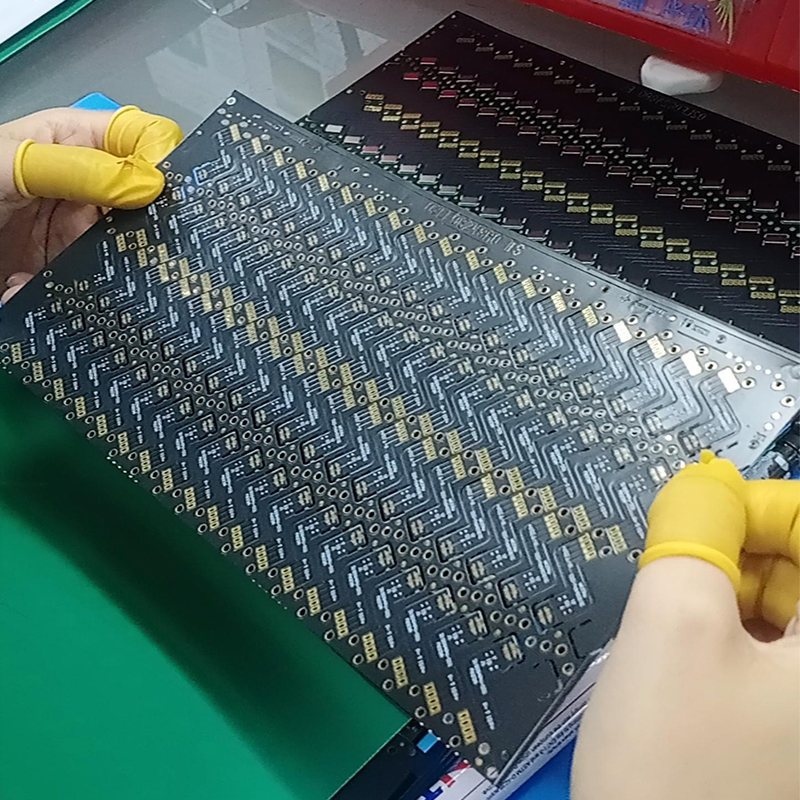In this blog, we’ll delve into the world of rigid-flex circuit boards and explore their potential applications in telecommunications equipment.
In the ever-evolving world of telecommunications, where seamless communications and lightning-fast data transfer are critical, engineers and designers are constantly seeking innovative solutions to enhance the performance and functionality of telecommunications equipment. One solution that has gained popularity in recent years is the use of rigid flex circuit boards. These boards combine the advantages of rigid and flexible boards, offering multiple advantages in terms of design flexibility, space optimization, and reliability.
Before we dive into the world of telecommunications, let’s first understand what rigid-flex boards are and how they work. A rigid-flex circuit board is a hybrid structure consisting of rigid and flexible substrate layers connected together. The rigid part is made of traditional FR-4 or similar material, while the flexible part is made of polyimide or similar flexible material. The combination of these materials allows the circuit board to bend, twist and bend while maintaining its electrical integrity. This unique characteristic makes them ideal for applications where space is limited and durability is critical.
Now, we will focus on the specific applications of rigid-flex circuit boards in the telecommunications industry. Telecom equipment, including smartphones, tablets, routers, and servers, often have strict space constraints due to their compact designs. Rigid-flex circuit boards provide much-needed flexibility to fit into these space constraints without compromising functionality or reliability. They can be molded and shaped to fit the available space within the device, thereby facilitating the integration of multiple components and reducing the overall size of the device.
In addition to their space-saving features, rigid-flex circuit boards can improve signal integrity. In telecommunications equipment, signal quality is critical for uninterrupted communication and data transmission. The flexible portion of the circuit board acts as a shock and vibration absorber, minimizing the risk of signal loss or damage from external factors. Additionally, the use of rigid flex boards reduces the number of interconnections between components, thereby reducing transmission losses and improving overall signal integrity.
Another significant advantage of using rigid-flex circuit boards in telecommunications equipment is their enhanced reliability. Traditional rigid circuit boards are prone to failure in applications that experience constant motion or vibration. The flexible portion of the rigid flex board acts as a shock-absorbing barrier, protecting circuits and components from external stressors. Increased durability not only extends the life of the equipment but also reduces the need for frequent repairs or replacements.
Additionally, the design flexibility offered by rigid-flex circuit boards opens up new possibilities for telecom equipment manufacturers. With the ability to create complex three-dimensional shapes and complex circuit paths, engineers can optimize circuit board layout to improve overall performance. This flexibility allows for the integration of additional features, such as advanced signal processing capabilities or enhanced power handling capabilities, without impacting space or design constraints.
In short, rigid-flex circuit boards are a game changer for the telecommunications industry. Their unique combination of rigidity and flexibility enables engineers to overcome space constraints, maximize signal integrity, enhance reliability, and unleash their creativity when designing cutting-edge devices. As the demand for smaller, more powerful, and more efficient telecommunications equipment continues to rise, the use of rigid-flex circuit boards will undoubtedly play a vital role in shaping the future of telecommunications technology.
Post time: Oct-08-2023
Back







